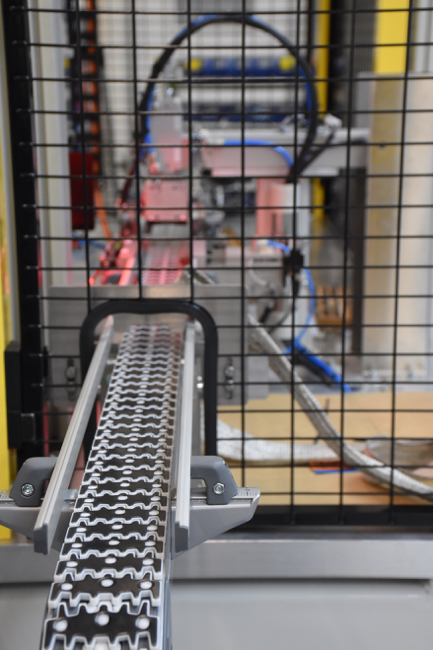CE marking on a machine does not guarantee a safe machine
Safety is your absolute top priority. Also for the machines you have engineered and built. Perhaps you will be guided in this area by CE marking, proof that the machine in question complies with the Machinery Directive. But machine safety goes beyond this marking…
First some theory.
Since 1995, we as machine manufacturers have to comply with the Machine Directive. This is a European directive that imposes essential requirements when manufacturing machinery. These requirements relate mainly to health and safety. For example, we are obliged to make a technical construction file. This file must then demonstrate that the machine we have manufactured complies with all these European requirements.
The idea behind this? That no additional inspections or checks are needed within the European Union if a machine manufacturer from country x supplies a machine to a company from country y.
This simplified administration in combination with extra attention to machine safety is a good thing.
Now for the actual practice.
Descriptive, not prescriptive
After all, the CE marking on a machine is not sanctifying. It is not a 100% guarantee of 100% machine safety. There are too many grey areas in European legislation for that.
For example, the requirements of the Machinery Directive are quite basic, describing generalities. The concrete implementation of these general requirements can be found in the European Standards. For example, more than 700 standards are linked to the current version of the Directive.
In contrast to the requirements of the Directive, however, these standards are not binding. Rather, they describe the rules of good craftmanship for the machine builder. It is up to the builder himself to decide what to do or not to do with them. They give an additional maximum legal burden of proof in the event of a notice of default or court case.
CE marking: manufacturer and jury
That brings us to the second reason to look beyond the CE marking on a machine. Who do you think will decide whether a machine will be certified or not? An independent inspection body?
Wrong.
With the exception of a few types of machinery (Annex IV of the Machinery Directive), the machine builder grants himself the CE mark. So we are both manufacturer and jury. A strange situation. As if you were asking a film director to write a review about his latest film. Or that you may fill in your own review at your next evaluation interview.
We at VINTIV assume that most machine builders do everything they can to deliver a safe machine. But experience tells us that there are still builders who do not tackle the subject of machine safety in the right way. Not out of bad will, but because they have insufficient knowledge. Or because the minimum is sufficient for them: the machine is still CE-proof, so why put extra effort into it?
More certainty
Do you want more certainty? Then discuss this important topic with your machine builder. Ask how he deals with the aspect of machine safety. Where and when he pays attention to it in engineering and assembly.
In this way, you avoid working with a builder who looks no further than the basics of CE marking.
After all, machine safety is too important to be discussed only when the prototype is already up and running – as we often see in practice nowadays. This aspect starts right at the design stage. With an initial risk assessment that helps determine the choices of risk reduction and operating principles.

Multidisciplinary
We always work in a multidisciplinary way. For us, the first step towards a safe machine is the sum of the specific expertise of our mechanical constructors, process technologists, electrical engineers and control technicians.
Mechanical shielding machine
Then, during the next step, focus on the visible elements, such as mechanical shielding, as shown in the picture above. Or control safety circuits.
Do you still have questions about CE marking or the safety of your current machinery? We are at your service.